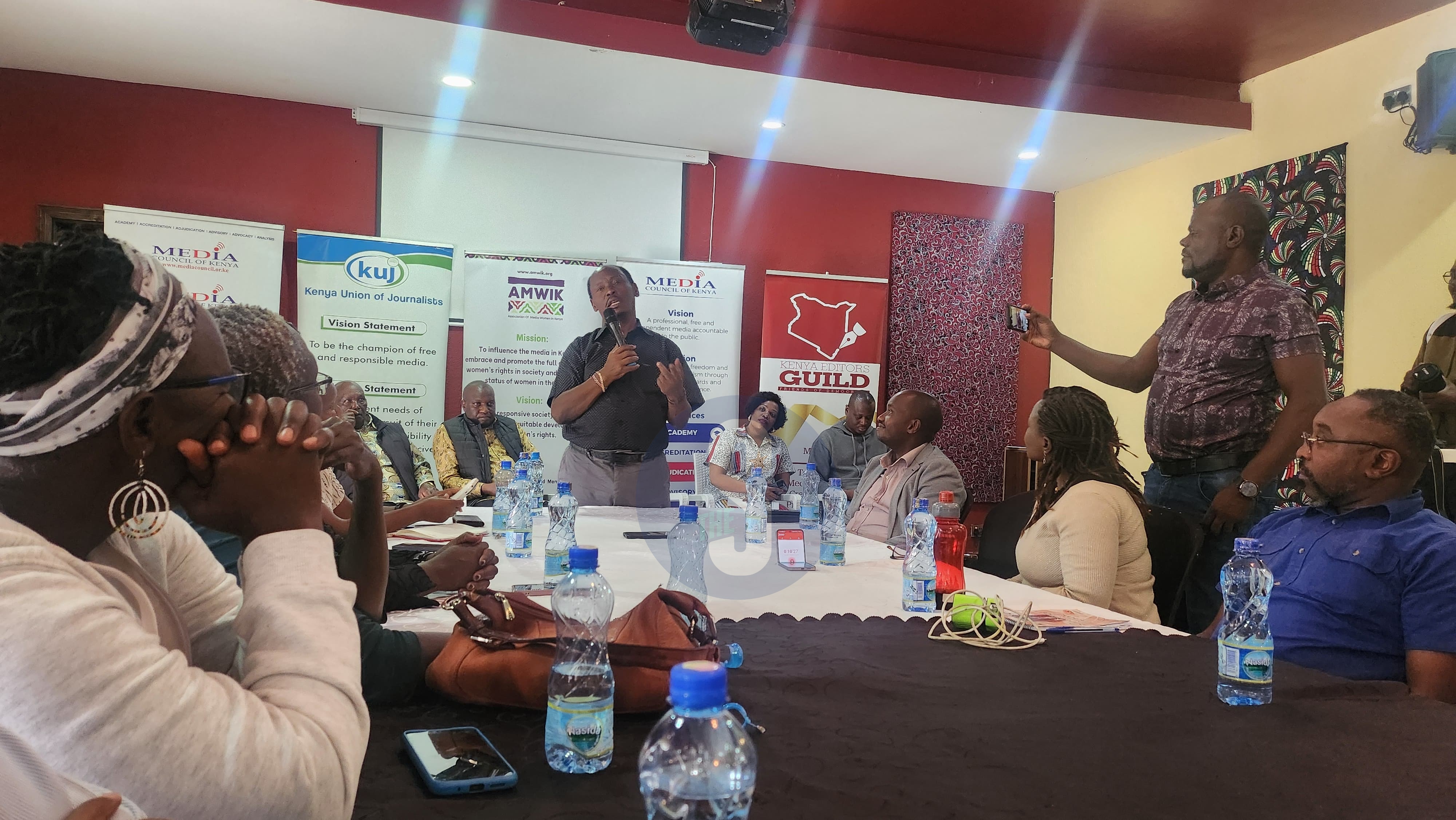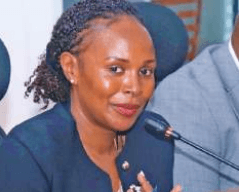

ICT and Digital Economy Cabinet Secretary William Kabogo has explained the decision to switch off media broadcasts during the June 25th protests.
Kabogo said the move was aimed at protecting children, noting that the protests coincided with the watershed period when minors were at home.
“Because our children were at home and we had entered the watershed period, we decided to protect them,” he said.
Speaking in Nakuru on Friday, Kabogo added that he hopes such an action will not be necessary again.
"I wish and hope that we would not do this again. It is not very difficult to demonstrate peacefully, and it's enshrined in the constitution, he said.
On July 2, the Communications Authority of Kenya (CA) told the High Court that its directive to suspend live broadcast of the June 25 protests was not an absolute ban on media coverage.
Instead, CA said it was “a reasonable and proportionate measure” aimed at protecting public safety, national security, and preventing incitement to violence.
In a replying affidavit filed by Director-General David Mugonyi in response to the petition filed by the Kenya Union of Journalists (KUJ), the authority stated that it was compelled to act after routine monitoring revealed that live coverage of demonstrations had escalated tensions and potentially encouraged unlawful conduct.
“The directive was not an absolute ban but a reasonable and proportionate measure aimed at preventing the incitement of violence and breach of peace; upholding public safety and national security and ensuring no provocation of disorder,” Mugonyi stated.
The CA also referenced section 46I of the Kenya Information and Communications Act, which obligates broadcasters to provide responsible and responsive programming that caters to the public interest while avoiding incitement or unbalanced coverage of contentious issues.
Mugonyi stressed that the directive was narrowly tailored to the events of June 25 and was lifted immediately after.
“The authority’s actions were temporary and targeted,” he said, urging the court to dismiss the petition brought by the Kenya Union of Journalists and the Media Lawyers Association of Kenya.
He added that the directive did not violate media freedom but rather enforced the media’s constitutional responsibility to avoid harmful content.













